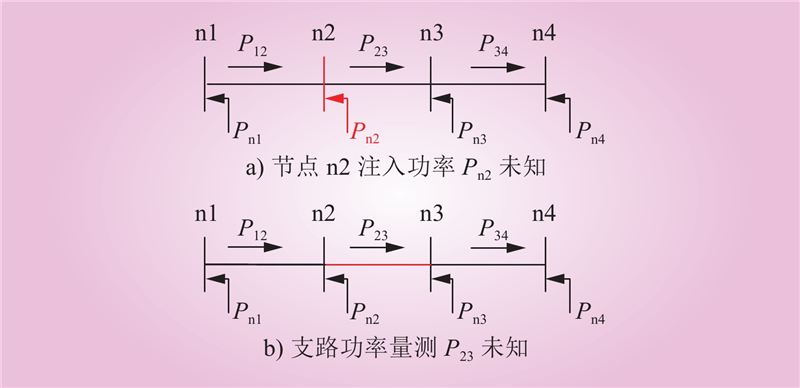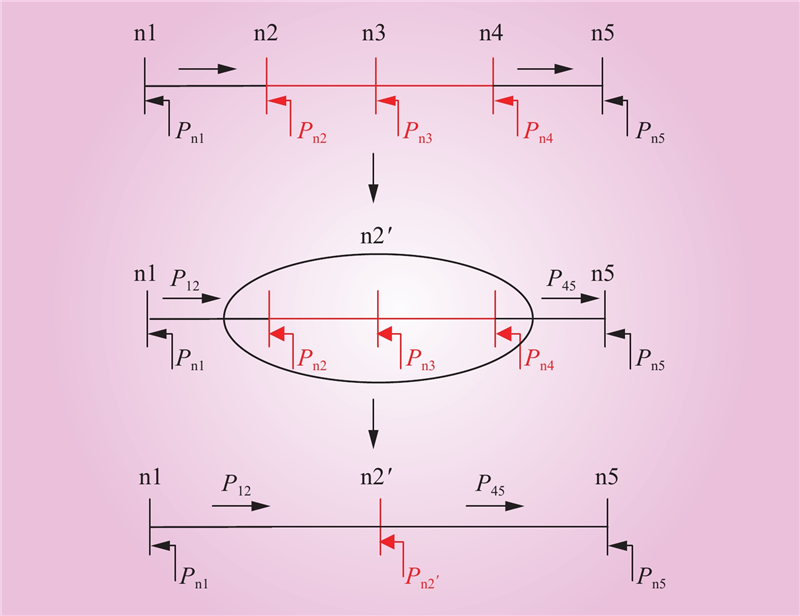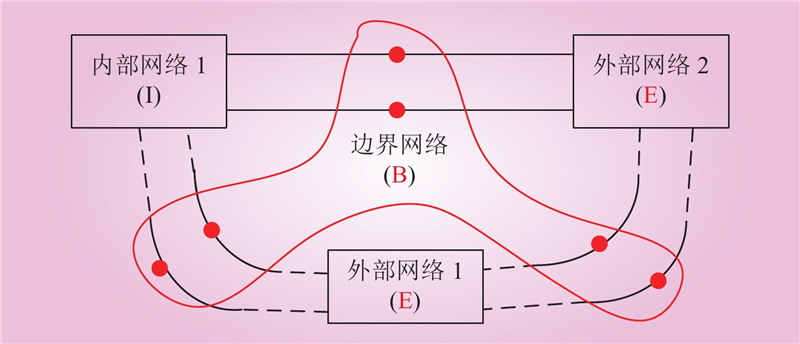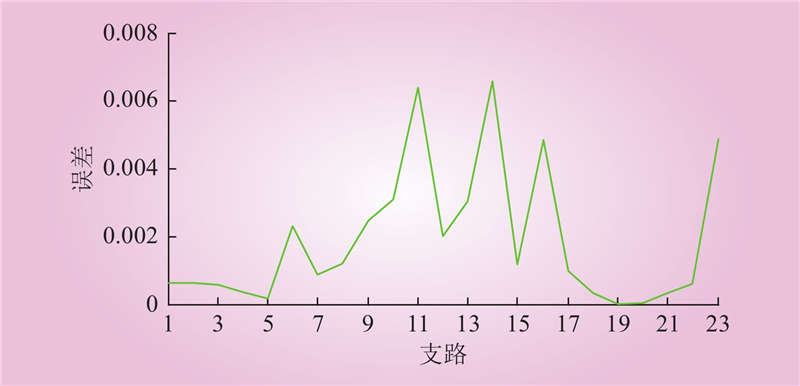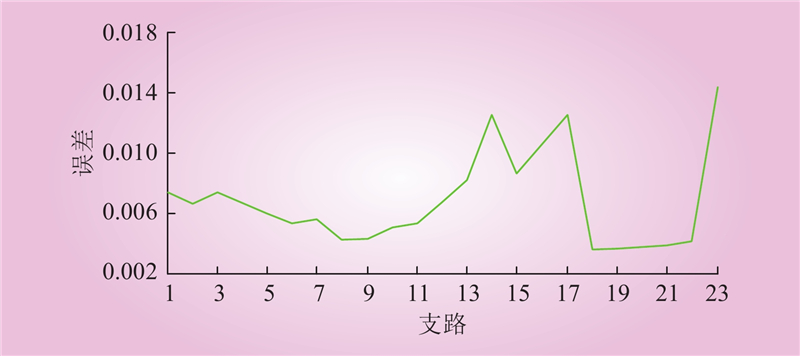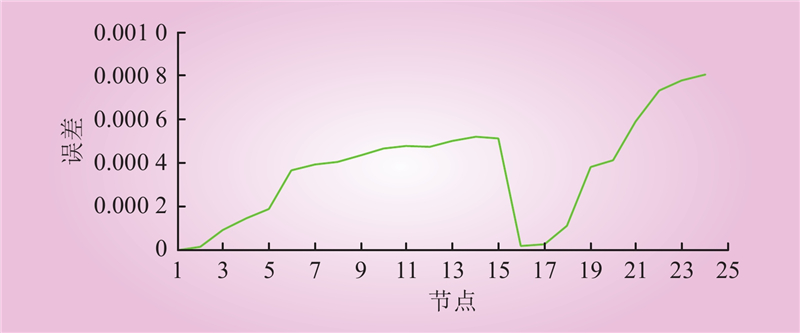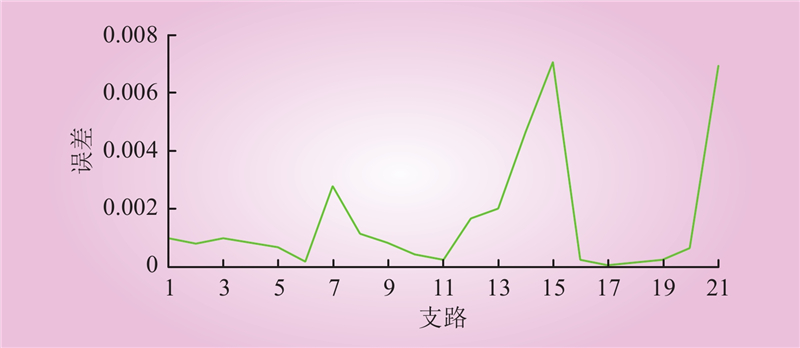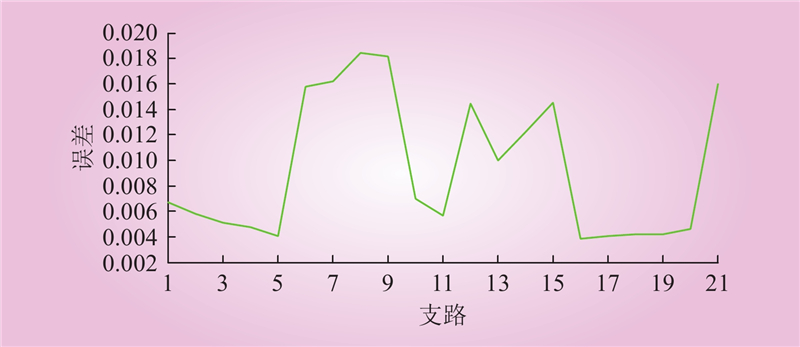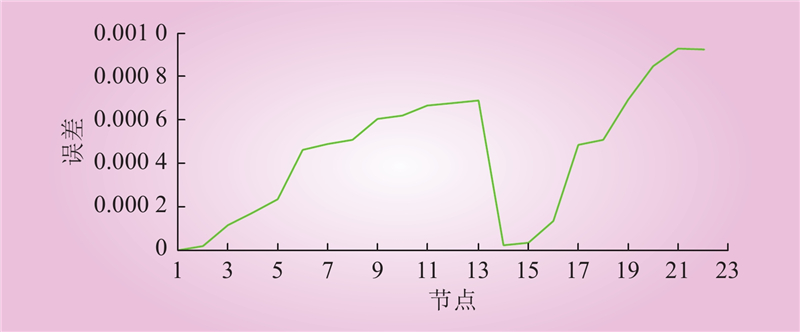| 1 |
曾琮, 黄强, 陈德, 等. 基于改进纵横交叉算法的电网最优潮流计算[J]. 中国电力, 2021, 54 (9): 9- 16.
|
|
ZENG Cong, HUANG Qiang, CHEN De, et al. Optimal power flow calculation with improved crisscross optimization algorithm[J]. Electric Power, 2021, 54 (9): 9- 16.
|
| 2 |
董昱, 董存, 于若英, 等. 基于线性最优潮流的电力系统新能源承载能力分析[J]. 中国电力, 2022, 55 (3): 1- 8.
|
|
DONG Yu, DONG Cun, YU Ruoying, et al. Renewable energy capacity assessment in power system based on linearized OPF[J]. Electric Power, 2022, 55 (3): 1- 8.
|
| 3 |
王娟娟, 王涛, 刘子菡, 等. 考虑风电和负荷不确定性的输电网多目标柔性规划[J]. 中国电力, 2022, 55 (1): 168- 177.
|
|
WANG Juanjuan, WANG Tao, LIU Zihan, et al. Multi-objective flexible planning of transmission network considering wind power and load uncertainties[J]. Electric Power, 2022, 55 (1): 168- 177.
|
| 4 |
LEI X Y, YANG Z F, YU J, et al. Data-driven optimal power flow: a physics-informed machine learning approach[J]. IEEE Transactions on Power Systems, 2021, 36 (1): 346- 354.
DOI
|
| 5 |
TAN Y, CHEN Y Y, LI Y, et al. Linearizing power flow model: a hybrid physical model-driven and data-driven approach[J]. IEEE Transactions on Power Systems, 2020, 35 (3): 2475- 2478.
DOI
|
| 6 |
YANG Z F, XIE K G, YU J, et al. A general formulation of linear power flow models: basic theory and error analysis[J]. IEEE Transactions on Power Systems, 2019, 34 (2): 1315- 1324.
DOI
|
| 7 |
FAN Z X, YANG Z F, YU J, et al. Minimize linearization error of power flow model based on optimal selection of variable space[J]. IEEE Transactions on Power Systems, 2021, 36 (2): 1130- 1140.
DOI
|
| 8 |
向明旭, 杨知方, 余娟, 等. 配电网线性潮流模型通式及误差分析[J]. 中国电机工程学报, 2021, 41 (6): 2053- 2064.
DOI
|
|
XIANG Mingxu, YANG Zhifang, YU Juan, et al. Linear power flow model in distribution network: unified expression and error analysis[J]. Proceedings of the CSEE, 2021, 41 (6): 2053- 2064.
DOI
|
| 9 |
MORELLO R, MUKHOPADHYAY S C, LIU Z, et al. Advances on sensing technologies for smart cities and power grids: a review[J]. IEEE Sensors Journal, 2017, 17 (23): 7596- 7610.
DOI
|
| 10 |
鲁鹏, 吕昊, 刘念, 等. 数据-模型混合驱动的配电系统灵活性优化调度[J]. 湘潭大学学报(自然科学版), 2020, 42 (5): 84- 97.
|
|
LU Peng, LV Hao, LIU Nian, et al. Hybrid data and model driven flexibility optimization dispatch of distribution system[J]. Journal of Xiangtan University (Natural Science Edition), 2020, 42 (5): 84- 97.
|
| 11 |
LIU Y X, ZHANG N, WANG Y, et al. Data-driven power flow linearization: a regression approach[J]. IEEE Transactions on Smart Grid, 2019, 10 (3): 2569- 2580.
DOI
|
| 12 |
GUO L, ZHANG Y X, LI X L, et al. Data-driven power flow calculation method: a lifting dimension linear regression approach[J]. IEEE Transactions on Power Systems, 2022, 37 (3): 1798- 1808.
DOI
|
| 13 |
XU T, WU W C, HONG Y W, et al. Data-driven inverter-based volt/VAr control for partially observable distribution networks[J]. CSEE Journal of Power and Energy Systems, 2021, 9 (2): 548- 560.
|
| 14 |
LIN S, ZHU H. Data-driven modeling for distribution grids under partial observability[C]//2021 North American Power Symposium (NAPS). College Station, TX, USA. IEEE, 2021: 1–6.
|
| 15 |
NOWAK S, CHEN Y C, WANG L W. Measurement-based optimal DER dispatch with a recursively estimated sensitivity model[J]. IEEE Transactions on Power Systems, 2020, 35 (6): 4792- 4802.
DOI
|
| 16 |
LI H R, WENG Y, LIAO Y Z, et al. Distribution grid impedance & topology estimation with limited or no micro-PMUs[J]. International Journal of Electrical Power & Energy Systems, 2021, 129, 106794.
|
| 17 |
DEKA D, CHERTKOV M, BACKHAUS S. Joint estimation of topology and injection statistics in distribution grids with missing nodes[J]. IEEE Transactions on Control of Network Systems, 2020, 7 (3): 1391- 1403.
DOI
|
| 18 |
陈勇, 李鹏, 张忠军, 等. 基于PCA-GA-LSSVM的输电线路覆冰负荷在线预测模型[J]. 电力系统保护与控制, 2019, 47 (10): 110- 119.
DOI
|
|
CHEN Yong, LI Peng, ZHANG Zhongjun, et al. Online prediction model for power transmission line icing load based on PCA-GA-LSSVM[J]. Power System Protection and Control, 2019, 47 (10): 110- 119.
DOI
|
| 19 |
陈茜, 李录平, 刘瑞, 等. 基于PCA-KNN融合算法的风力机变桨角度故障诊断方法[J]. 中国电力, 2021, 54 (11): 190- 198.
DOI
|
|
CHEN Xi, LI Luping, LIU Rui, et al. Fault diagnosis method of wind turbine pitch angle based on PCA-KNN fusion algorithm[J]. Electric Power, 2021, 54 (11): 190- 198.
DOI
|
| 20 |
张立峰, 李晶, 王智. 基于主成分分析和深度神经网络的声学层析成像温度分布重建[J]. 发电技术, 2023, 44 (3): 399- 406.
DOI
|
|
ZHANG Lifeng, LI Jing, WANG Zhi. Reconstruction of temperature distribution by acoustic tomography based on principal component analysis and deep nerual network[J]. Power Generation Technology, 2023, 44 (3): 399- 406.
DOI
|
| 21 |
LI P H, WU W C, WANG X M, et al. A data-driven linear optimal power flow model for distribution networks[J]. IEEE Transactions on Power Systems, 2023, 38 (1): 956- 959.
DOI
|
| 22 |
徐佳宁, 倪裕隆, 朱春波. 基于改进支持向量回归的锂电池剩余寿命预测[J]. 电工技术学报, 2021, 36 (17): 3693- 3704.
DOI
|
|
XU Jianing, NI Yulong, ZHU Chunbo. Remaining useful life prediction for lithium-ion batteries based on improved support vector regression[J]. Transactions of China Electrotechnical Society, 2021, 36 (17): 3693- 3704.
DOI
|
| 23 |
赵辉, 杨赛, 岳有军, 等. 基于小波分解-卷积神经网络和支持向量回归的短期负荷预测[J]. 科学技术与工程, 2021, 21 (25): 10718- 10724.
DOI
|
|
ZHAO Hui, YANG Sai, YUE Youjun, et al. Short-term load forecasting of convolutional neural network support vector regression using wavelet decomposition[J]. Science Technology and Engineering, 2021, 21 (25): 10718- 10724.
DOI
|
| 24 |
刘斌, 毕小熊, 党军朋, 等. 基于支持向量回归的变电站蓄电池退化趋势预测[J]. 电源学报, 2020, 18 (6): 207- 214.
DOI
|
|
LIU Bin, BI Xiaoxiong, DANG Junpeng, et al. Degradation trend prediction of battery in substation based on support vector regression[J]. Journal of Power Supply, 2020, 18 (6): 207- 214.
DOI
|
| 25 |
本文算例数据附录文件[EB/OL](2023-05-21)[2023-07-28].https://www.jianguoyun.com/p/DU1W4wAQjqnoChjdn6AFIAA.
|
| 26 |
吴文传, 张伯明, 巨云涛. 主动配电网网络分析与运行调控[M]. 北京: 科学出版社, 2016: 330-331.
|



